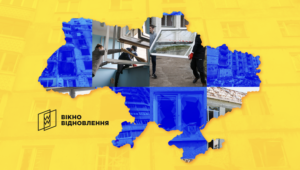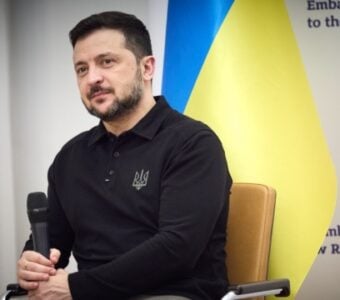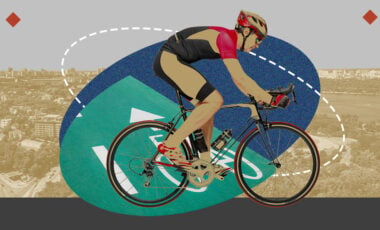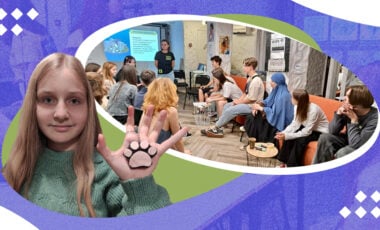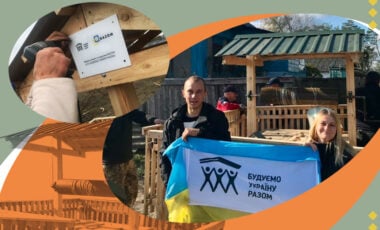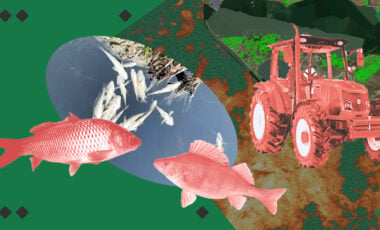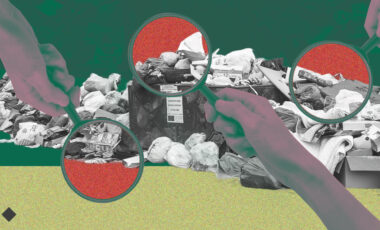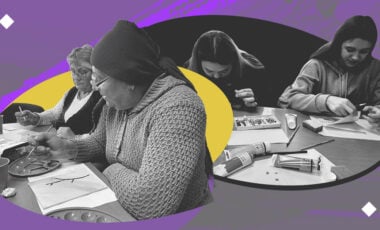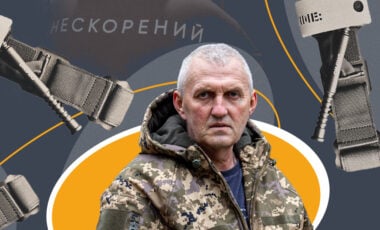Rubryka media experts share tips for safeguarding against AI-driven propaganda and manipulation at Kyiv festival
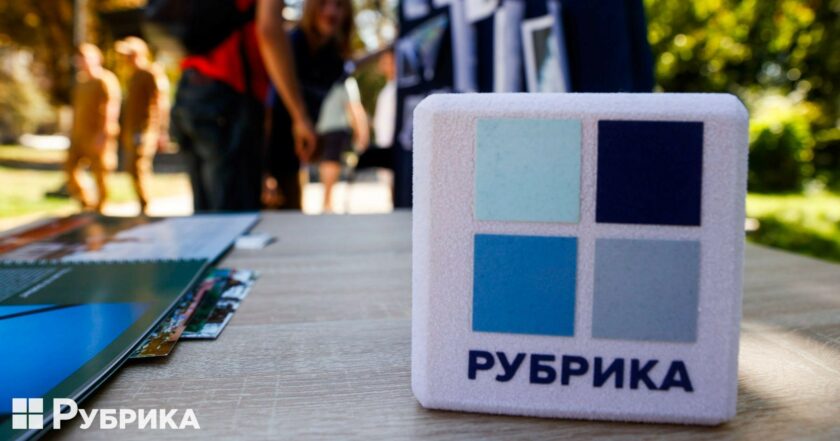
At the City Workshop 2.0: Security and Sustainable Development Festival, Rubryka Solutions Media's journalists shared ways to safeguard your digital space from hostile propaganda and deceitful materials produced using artificial intelligence.
What is the problem?
False information, fake content, and manipulative posts are constantly popping up in our social media feeds. With the use of artificial intelligence, they are becoming increasingly convincing. As a result, it is becoming harder and harder to differentiate between fact and fiction.
What is the solution?
Journalists from Rubryka Solutions Media participated in the urban festival City Workshop 2.0: Security and Sustainable Development on September 7. Throughout the day, they taught visitors how to recognize misinformation and how to avoid spreading harmful AI-generated content.
"At our location, we talked about information security. We taught people to distinguish real images from those generated by artificial intelligence and to check the information they consume in the news and social networks. Unfortunately, media literacy in Ukraine is still at a low level. Still, people were interested in this topic and actively participated in interactive activities and discussions," Rubryka's journalist, Alina Drevnytska, says.



Rubryka's journalists Alina Drevnytska and Artem Moskalenko at the City Workshop 2.0: Security and Sustainable Development urban festival.
How does it work?
Initially, Rubryka's journalists allowed participants to take a test to gauge their intuition in spotting fakes. Visitors were asked to pick out one false statement from three pieces of information. Only two individuals were able to correctly identify the fake statement, which was: "The Ukrainian language was ranked second in a cuteness competition."
One person claimed there wasn't a cuteness competition, calling it a "national myth." The other person believed it was an error that the Ukrainian language was listed first. However, they were mistaken as there was never a contest for the most melodious language, meaning Ukrainian couldn't have taken first or second place.
Rubryka's journalists also talked about the narratives of Russian propaganda using the example of specific fake news. So, in particular, the Russians tried to present the American comedian and his failed joke as a historian and his discovery that Ursula von der Leyen's grandmother allegedly hugged Hitler.
You can read more about these fake and other narratives of Russian propaganda in Rubryka's article: "Deportation, discredit and hidden agenda of war: how Russian disinformation about EU and Ukraine works".




In addition to countering disinformation, journalists also explained how AI-generated content can be recognized and why it can be harmful. Among ten photos, visitors had to find seven created by AI and explain why they thought so. For this, they paid attention to the fingers, people's faces, and other small details in the photo. Most of the participants learned to recognize the AI after several attempts.
Please find out more about how to recognize AI in social networks in Rubryka's piece: "Cats, dinosaurs, and sad service members: how to spot AI and avoid spreading fakes."
Everyone who came to Rubryka Solutions Media's location gained a better understanding of media literacy and also took home some branded merchandise.







